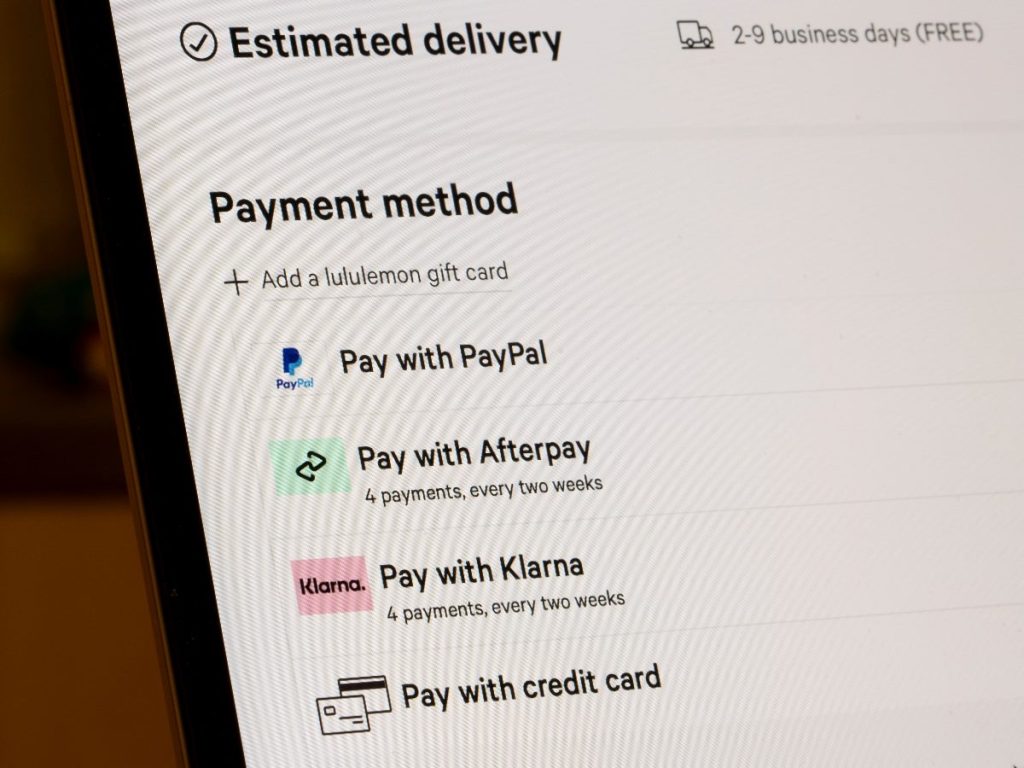The Gist
AI headlines missed the mark. Klarna says its AI initiative isn’t retreating — it’s scaling up. AI agents now outperform humans. The bot resolves issues faster, reduces repeat inquiries, and handles two-thirds of chats. Humans still play a role. Klarna is hiring people for higher-level conversations while continuing to invest in automation.
Headlines announcing Klarna’s AI pullback were wrong, its CEO says. Instead of retreating, it’s handing more tasks to the bots.
Table of Contents
Why Klarna’s AI Strategy Is Misunderstood
Over the past few weeks, a slew of headlines claimed Klarna’s aggressive push to automate customer service with generative AI had failed. The Swedish fintech company last year said it automated the equivalent of 700 customer service jobs with AI. And after it announced a new plan to hire human agents, the conventional wisdom was that the project wasn’t working.
Klarna’s AI push has been the loudest, if not the boldest, attempt to use generative AI in place of human workers, so a rollback would be a damning commentary on the technology’s usefulness in the workplace. (Editor’s note: Our sister site, Reworked.co, covered this in-depth May 19).
But, according to Klarna CEO Sebastian Siemiatkowski, the headlines were wrong and the initiative is accelerating.
“Our agent, that we launched about a year ago, is still dealing with about 1.3 million errands per month,” Siemiatkowski told me, “which is the equivalent of what previously was done by about 800 people on a monthly basis.”
Related Article: Agentic AI: A New, Global Imperative for Customer Experience Leaders
Balancing Automation With Human Expertise
Klarna is hiring humans to deal with higher-end conversations that it previously outsourced, but at the same time it’s accelerating its AI push. When Klarna launched its AI pilot, for instance, its bot couldn’t tell people why they were being rejected from certain services. Now it can.
As such, Klarna tells me the bot currently handles the work equivalent to an additional 100 human customer service agents over last year, covers two-thirds of customer service chats, has the same average customer satisfaction score as human agents, fields 25% fewer repeat inquiries and resolves customer chats in an average of two minutes vs. 11 minutes with human agents.
“The quality and the ability of it to deal with more complex errands has increased,” Siemiatkowski said. “So it’s kind of eating up into level-two support.”
Siemiatkowski has said he wanted Klarna to be OpenAI’s “favorite guinea pig,” and its AI customer service initiative is following a path many might take in the future. The company’s bot can resolve simple questions, like whether a customer successfully made a payment, pretty quickly. This saves customers the time they’d otherwise spend waiting for a human handling several chats at once. For more complex problems, a human agent can be a better option, and even a competitive advantage, so Klarna is attempting to balance its outsourced customer service with people who better understand the company for those conversations, Siemiatkowski said.
Siemiatkowski’s Long View on AI and Jobs
Klarna has been one of generative AI’s loudest cheerleaders, so it’s reasonable that its decision to hire human agents could be seen as a retreat at first glance. Siemiatkowski, for instance, has said, “I am of the opinion that AI can already do all of the jobs that we, as humans, do.” And he’s said that AI has helped reduce the company’s workforce by 40%, from 5,527 to 3,422 employees, between December 2022 and December 2024.
In our conversation, Siemiatkowski did admit he might’ve gotten a bit ahead of the reality, but said the program was still proceeding as planned. “You could definitely place me in the Elon Musk box of saying everything’s gonna happen in three months, when it probably will take three years,” he said. But the number of human-equivalent jobs AI will do at Klarna “will continue to go up.”
Learning OpportunitiesView all
Related Article: The Contact Center’s New MVP? AI Chatbots That Know When to Escalate
The Future: Humans and Bots Side by Side
That doesn’t mean the end of jobs for humans at Klarna, but the two forms of agents can exist together. And, if all goes according to Siemiatkowski’s plan, make Klarna stronger than before the program began.

